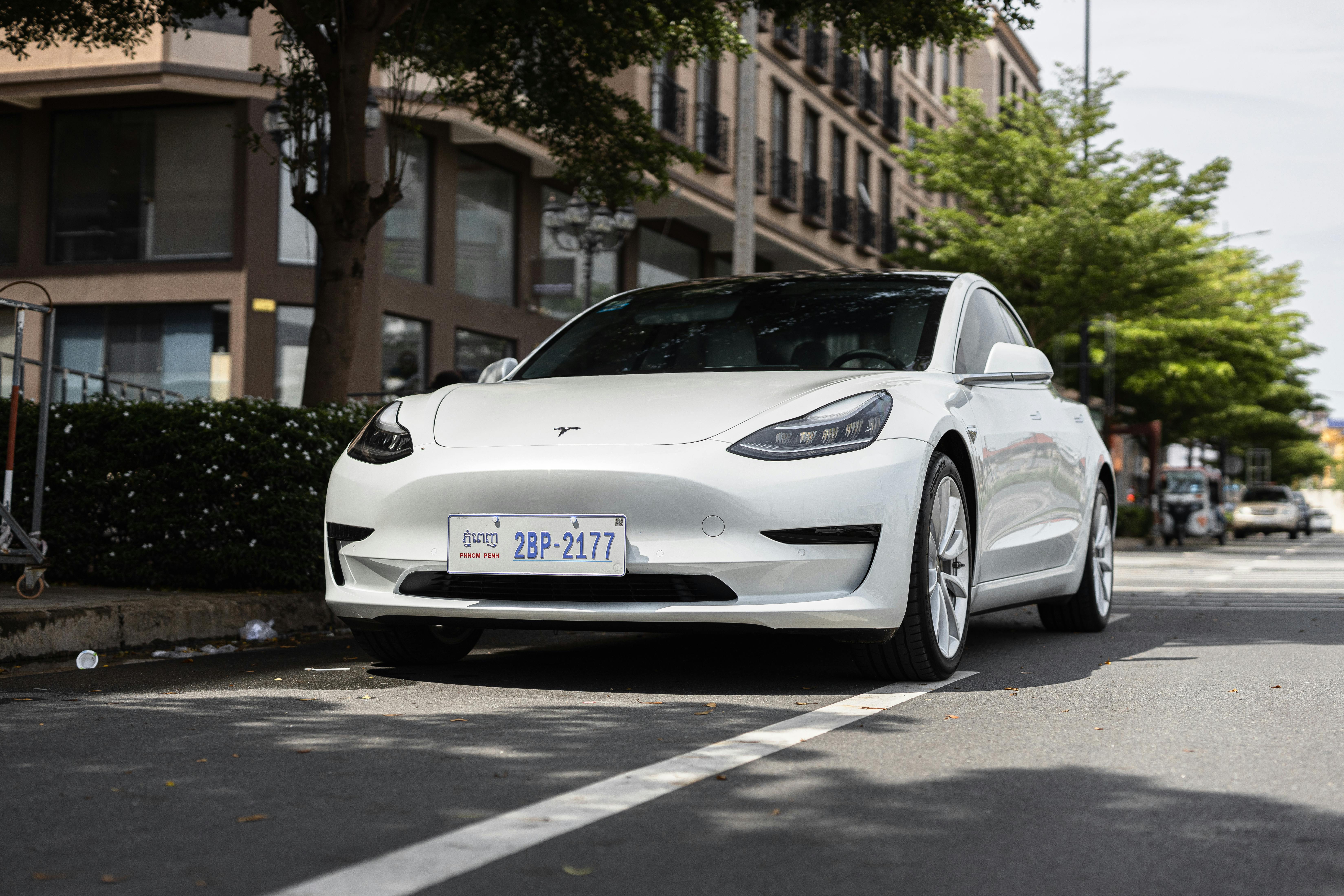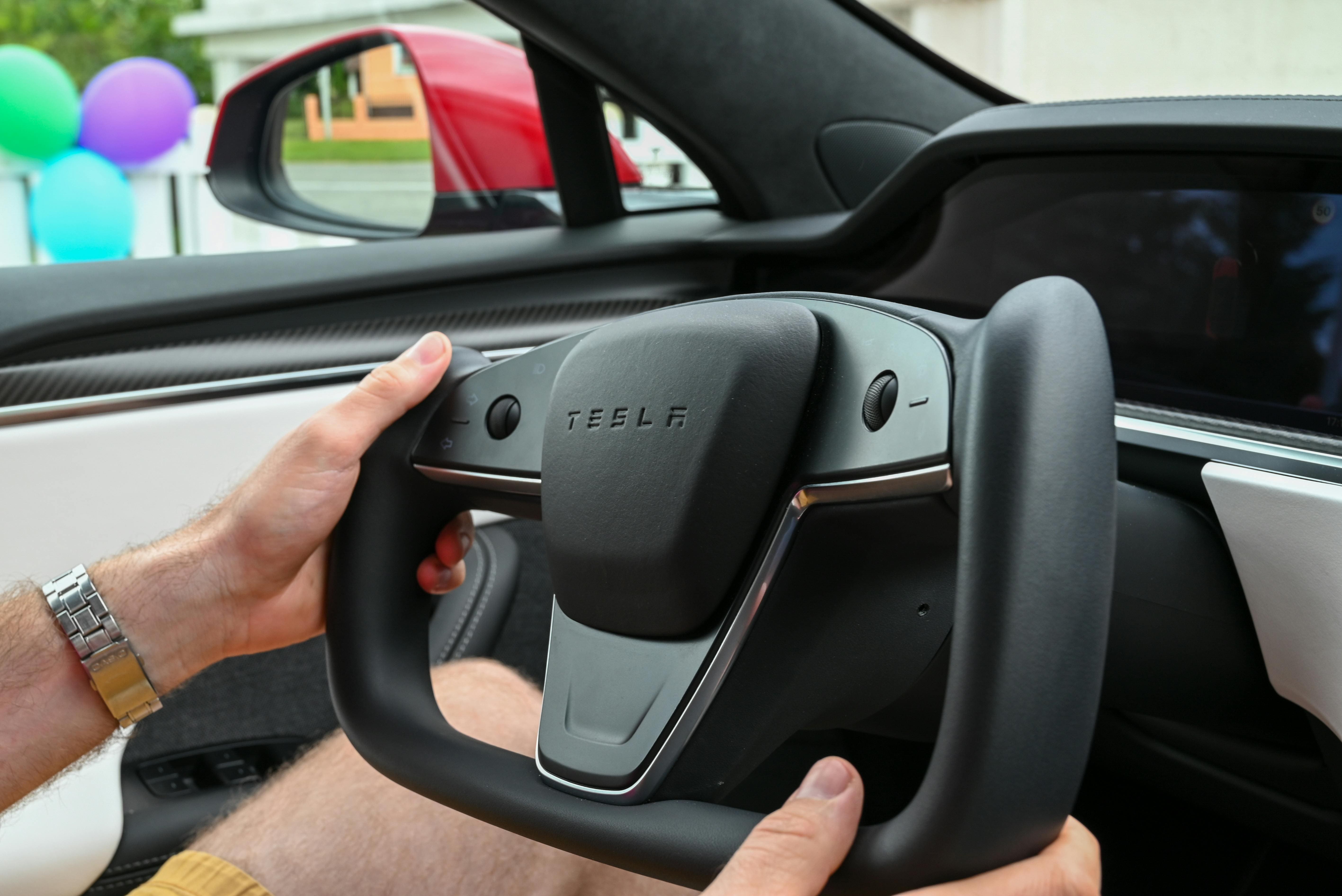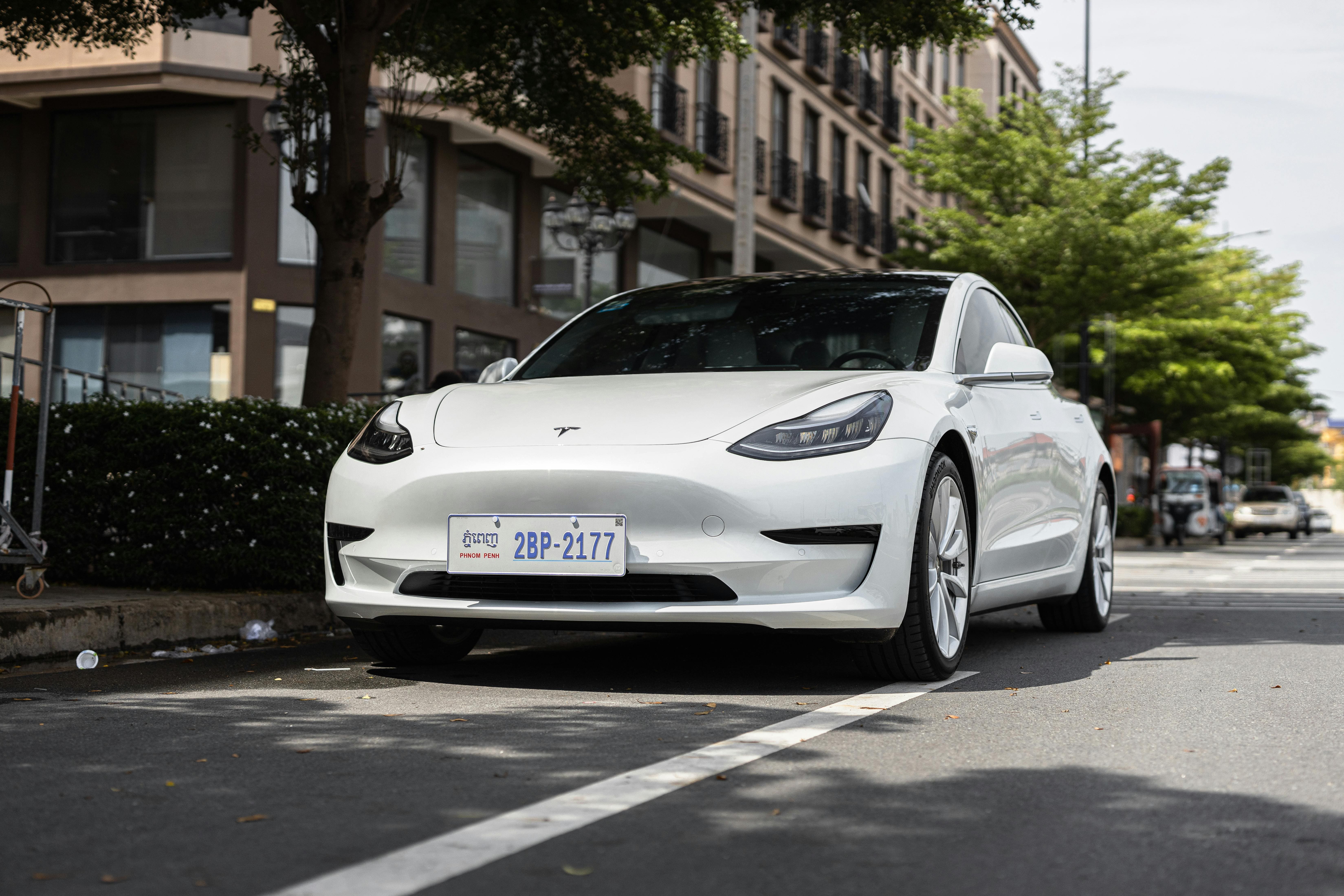Ways to Prepare Your Car for Winter Weather
Winter weather can be tough on your car, with cold temperatures, snow, and ice leading to decreased performance and increased wear and tear. But with proper preparation, you can keep your car running smoothly and safely throughout the winter months. Here is everything you need to know to make your car winter-ready, with valuable tips and tricks.
That’s a good reminder to start winterizing your vehicle. Are you prepared well in advance of when the harshest conditions arrive?
One of technical experts of Kambion told that the best time for drivers to begin preparing cars for winter is in the weeks leading up to Thanksgiving.
Here we highlight ways to make sure your car is ready for safe driving.
Check Your Car’s Belts and Hoses
The belts and hoses under your vehicle’s hood are typically checked when the car is due for a tune-up. Even if you’re not getting a tune-up this winter, it’s not a big deal to have an expert take a look at how everything is holding up around your engine.
Cold temperatures can weaken belts and hoses, and if something snaps or breaks while you’re out on the road, a tow truck will be the only way to get moving again.
Also, learn when it’s the best time to replace a car’s belt.
Keep Your Fuel Tank Full
It’s never a good idea to let your gas tank on fumes until the very last moment. The damage you might inflict on your car with a near-empty tank during winter is much worse. If the fuel filter doesn’t catch the sediment, you run the risk of clogging a fuel injector.
Gasoline not only fuels the car, but it also functions as a coolant for the electric fuel pump motor. In modern cars, this pump sits in the middle of the gas tank filled with cool gasoline. A near-empty tank can cause the fuel pump to suck in air and overheat, causing significant damage to the pump.
Each time you neglect pumping gas, gunk from the bottom of the gas tank could get caught in various components of the vehicle. When a diesel runs dry, the injector pump fills with air, and the vehicle won’t start by simply adding more diesel fuel.
Switch to Winter Tires
When installing winter tires, you should always replace all four tires. By replacing the tires, you are enhancing the traction of both the front and the rear of the vehicle. This improves handling and your safety during winter. The best period to purchase and install your winter tires is once temperatures consistently dip below 45 degrees Fahrenheit.
Check Your Tire Pressure
During the winter you should check your tire pressure once a month because it can drop as the air becomes colder. Follow your manual’s recommendations for pressure level, and if your tires need air, fill them up at the gas station.
Moreover, there are special types of tires that can help navigate wintry weather better than others. A good rule of thumb is to at least have an all-season tire when driving in conditions below 40 degrees Fahrenheit.
Test Your Battery
Battery capacity decreases significantly in cold weather, so it’s important to have a mechanic examine it to ensure it’s at peak performance. Parking a car in a garage, out of the freezing cold, is another way to protect the battery. Having jumper cables handy is also important, not only if your car breaks down, but also in case you come across another motorist in need of a jumpstart.
Maintain Fluids Regularly
You need to go to a lower viscosity oil, like a 10-weight, when the temperature falls below zero and stays there. Higher-weight oils and transmission fluids do not lubricate sufficiently in colder weather.
Get an Emergency Kit
It’s important for everybody to have an emergency kit, especially during wintery weather conditions. This one goes beyond keeping your car running well and actually keeps you and your family safe in the case of a winter car emergency.
All these ways are useful for driving a vehicle in the winter months. Do you think you need a lot of time for preparation? The Kambio team is ready to do all necessary changes on-site anytime and anyplace.
3,583 total views, 1 views today



